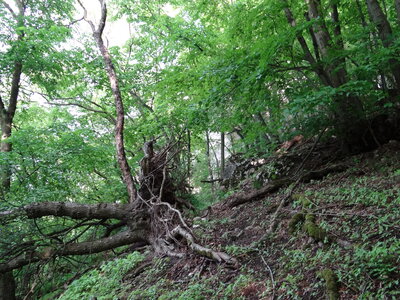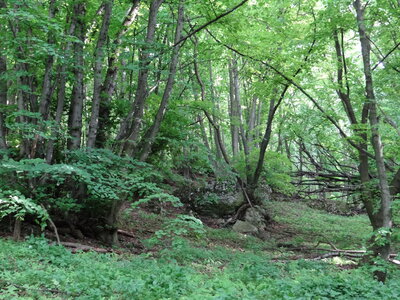T1F Ravine forest
Forests on steep slopes, frequently in ravines, where deep, well-drained and fertile soils develop which allow trees such as Acer platanoides, Acer pseudoplatanus, Fraxinus excelsior, Fraxinus ornus, Ostrya carpinifolia, Tilia cordata, Tilia platyphyllos and Ulmus glabra, to outcompete trees such as Fagus sylvatica and Quercus spp. The herb layer is dominated by luxuriant nitrophilous herbs such as Aegopodium podagraria, Impatiens noli-tangere and Urtica dioica, moisture-loving vernal plants like Allium ursinum and, on base-rich soils, Brachypodium sylvaticum, Circaea lutetiana, Geranium robertianum and Mercurialis perennis. In the southern part of its distribution, thermophilous species appear, such as Arabis turrita, Cornus mas, Dioscorea communis and Ligustrum vulgare. Another group of thermophilous species (e.g. Anthericum ramosum, Cotoneaster integerrimus, Sesleria caerulea and Vincetoxicum hirundinaria) is typical of steep rocky slopes.
Chytrý M., Tichý L., Hennekens S.M., Knollová I., Janssen J.A.M., Rodwell J.S. … Schaminée J.H.J. (2020) EUNIS Habitat Classification: expert system, characteristic species combinations and distribution maps of European habitats. Applied Vegetation Science 23: 648–675. https://doi.org/10.1111/avsc.12519
Version 2025-10-03, https://doi.org/10.5281/zenodo.16895007.
For the official presentation of the EUNIS Habitat Classification from the European Environment Agency, please see: EUNIS Terrestrial Habitat Classification 2021. The FloraVeg.EU presentation may show modifications and partial updates to the habitat classification.
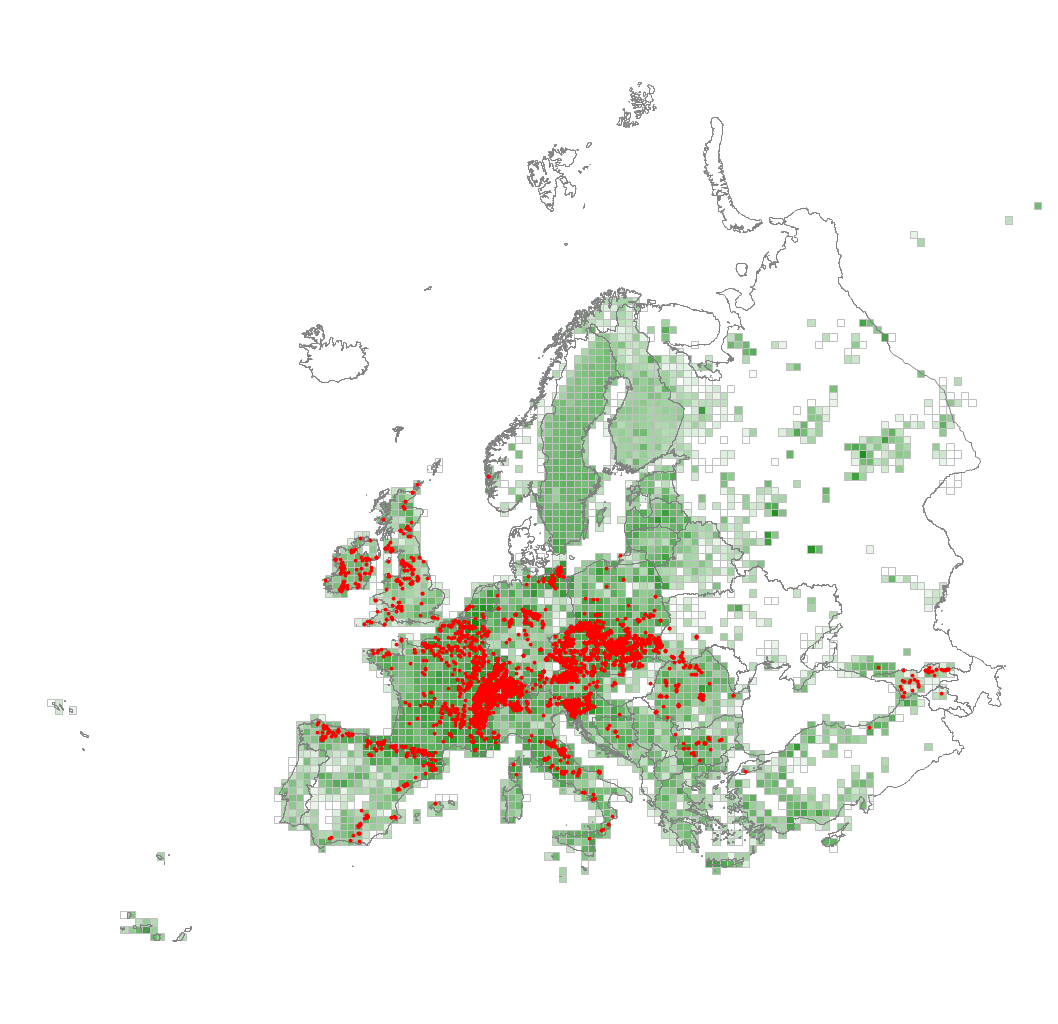
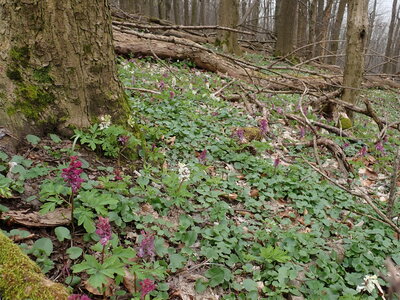
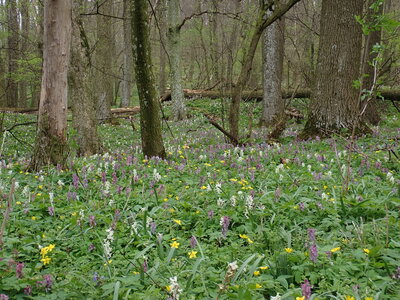
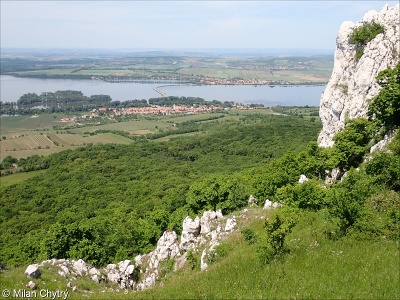
4.jpg)
3.jpg)
1.jpg)

